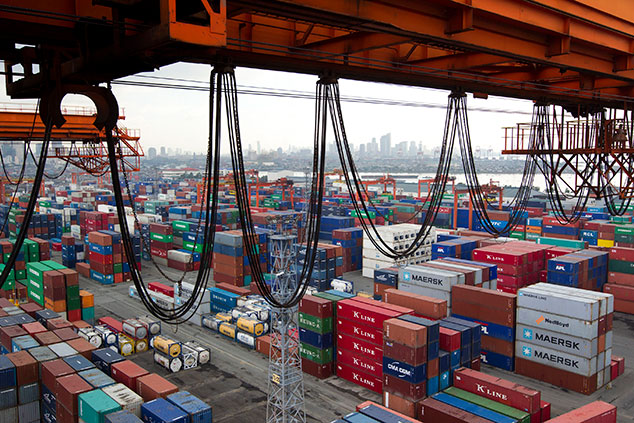
The last year has been dismal for emerging market stocks, with the corresponding MSCI index returning 2%. Investors in investment trusts, however, have fared well: the JPMorgan trust (LSE: JMG) has returned 13%, Genesis (LSE: GSS) 14% and Utilico Emerging Markets (LSE: UEM) 19% over 12 months. UEM, moreover, has had no help from the Chinese internet stocks that have bolstered emerging markets’ performance in recent years.
UEM, with a market value of £540m and assets of £600m, invests mostly in the infrastructure, utility and related sectors. Manager Charles Jillings points out that “delivering GDP growth requires investment in infrastructure assets. [Those] we invest in should continue to deliver… sustainable income streams, resulting in rising dividends… Moreover, one of the strengths of infrastructure investment is high operating leverage”: additional volumes trigger a disproportionate increase in profits.
A benign backdrop
Emerging markets currently account for 40% of global GDP, a share that is expected by Oxford Economics to rise to 57% by 2040, and 87% of the world’s population. The drivers of economic growth are urbanisation, the growth of the middle class and technology. UEM cannot invest directly in technology but “it is an asset in driving value in the sector”. While much of the sector is mature in developed markets, growth is much more pronounced in emerging economies.
The portfolio covers energy (gas, electricity and renewables, both generation and transmission), transport (ports, airports, roads and rail), water and telecoms. The top 20 holdings account for 59% of the portfolio with the largest (International Container Terminal Services) worth 6.6% of the total. Portfolio turnover is estimated at around 20%, much of it, in the last three years, due to exposure to Latin America rising from around 15% of the portfolio to over 40%, mostly in Brazil. “We are optimistic,” says Jillings, “owing to the positive impact of President Bolsonaro, notably on pension reform, deregulation of airlines and increased stockmarket flotations.”
Exposure to Argentina however, has been cut back. “We were hopeful when Macri came to power and invested 4% of the portfolio,” says Jillings. “This grew to 10% but we sold down to 2.5% owing to our political concerns before the primary elections in the summer. Now we are nearly out.”
The management team visits all the investee companies and many others besides. This is time-consuming and expensive but the annual management fee is only 0.65%. There is a performance fee too but the ongoing charges are still only around 1%.
Expect a higher dividend
The cash-flow of the companies in the portfolio and the dividends they pay enabled UEM to increase its dividend, fully covered by earnings, by 2.9% to 7.2p in the year to 31 March. With the shares at just under 240p on a 12% discount to net asset value, this means a dividend yield above 3% with a further increase all but certain this year. Jillings describes the persistent discount, which triggered the buy-back of 4.7 million shares last year, as “frustrating”, but for new investors it is an opportunity.
UEM’s annualised investment return since launch in 2005 has been over 11% and Jillings says “we are as excited about the prospects now as we were at launch”, helped by the long-term growth of emerging economies. With buybacks preventing the discount from rising but the potential for it to fall when the current apathy of UK investors diminishes, the shares remain attractive for yield, for capital return and for the trust’s focus on an attractive sector that other emerging market funds usually miss.